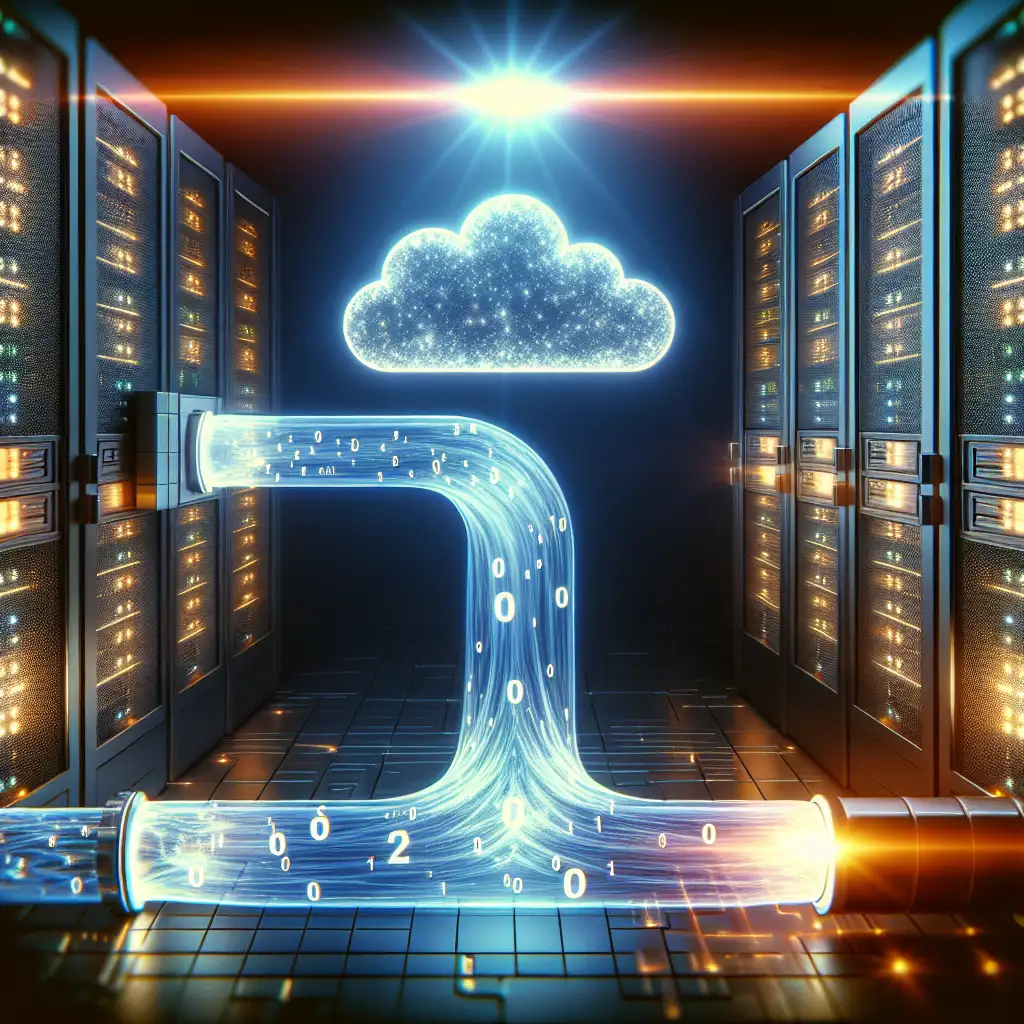How to Seamlessly Migrate Legacy Systems to Google Cloud with Minimal Downtime
Enterprises rarely get to start from scratch. Most existing workloads—ERP running on AIX, sprawling Windows Server apps, bespoke monoliths—require modernization without disrupting the business. Leveraging Google Cloud for this shift offers elastic scaling, integrated analytics, and managed infrastructure, but the real measure is migration with downtime so brief that few notice.
Audit the Legacy Stack—No Surprises
Cataloging legacy assets isn’t about listing servers. It means mapping:
- App binaries and OS versions (
uname -a,winver) - Inter-app dependencies (e.g., flat files, API integrations, batch job schedules)
- Operating SLAs (RPO, RTO)
- Unsupported tech (old Java, proprietary middleware)
- Peak traffic patterns (from existing monitoring, not someone’s memory)
Common pitfall: Expecting existing documentation to be complete. It won’t be. Use automated discovery tools—Google’s Migrate for Compute Engine provides dependency mapping, but supplement with nmap or manual connection logs on atypical in-house systems.
Migration Approaches—Choose by Workload, Not by Hype
No single strategy fits every app. Table below clarifies trade-offs:
| Approach | Example | Pros | Cons |
|---|---|---|---|
| Rehost | VMware lift-and-shift | Fast, minimal code changes | Carries over technical debt |
| Replatform | SQL → Cloud SQL | Modern backend, minimal business logic | Requires integration testing |
| Refactor | Monolith → GKE microservices | Redesign for scalability, resilience | Largest engineering effort |
Example: Migrating an AIX-based Oracle DB isn’t feasible; instead, export data, restore to Cloud SQL/Spanner. Application logic typically requires at least a partial rewrite.
Platform Setup—Networking, IAM, Observability
Networking:
Design VPCs by latency zones, not organizational charts. Isolate prod/test. Use Shared VPCs if multiple projects require low-latency east-west traffic. Subnet sizing missteps are expensive to fix later.
IAM:
Seed with least-privilege service accounts. Avoid default owner roles in deployment scripts; audit using gcloud iam roles list --project=YOUR_PROJECT.
Observability:
Spin up Cloud Logging and Monitoring before the first workload moves. Predefine alerting for anomaly spikes.
Sample alert:
condition:
metric: compute.googleapis.com/instance/cpu/utilization
threshold: >0.9
duration: 10m
De-Risk Data Moves—Incremental Sync
Bulk moves miss hidden data writes and delta changes during the cutover:
- Initial Bulk Transfer: Use
gcloud transfer jobs createfor static blobs, or native DB tools for RDBMS (e.g.,mysqldumpwith--single-transaction). - Continuous Replication: Use Database Migration Service for MySQL/Postgres (with logical replication enabled). For file shares, consider open-source rsync in batch mode with scheduled re-runs.
- Validation: Calculate checksums (
md5sum/sha256sum) pre- and post-migration for integrity. Real-world note: application-level tests often catch more issues than checksums alone.
Gotcha: Timezones and daylight savings shifts can corrupt synchronization when legacy systems keep time in local (non-UTC) modes—spot-check date fields.
Controlled Cutovers—Reduce Exposure
A flag day switch is rarely acceptable. Opt for rolling transitions:
- Canary Routing:
E.g., with Google Cloud Load Balancer, send 5% of web traffic to the new Kubernetes service (backend_services.weighted_backend_services), ramp up after hours of stable metrics. - Parallel Runs:
Allow business users to validate real transactions in live and migrated environments. - DNS TTL Planning:
Lower DNS TTL to 60 seconds 24 hours pre-cutover to minimize cache persistence on endpoints.
Sample error after DNS update:
curl: (7) Failed to connect to old-erp.company.com port 443: Connection timed out
Mismatch during transition can pop up fleetingly—monitor for patterns.
Rollback—Prepare, Don’t Assume
Failures midway through migration are the rule, not the exception.
- Snapshot legacy production (VM image, DB export) immediately before cutover.
- Maintain parallel ingestion pipelines ready to replay last-minute transaction logs post-event.
- Script emergency traffic reroute via gcloud or Terraform to accelerate rollbacks.
Additional Tactics—Reducing Downtime
- Run DR drills using the actual migration pipeline.
- Schedule major moves during the maintenance window for the system with the most critical users in your timezone mix—never just when Europe is asleep if APAC is running payroll.
- For COBOL or other rare workloads, containerize with GKE Autopilot only as a stop-gap; plan for code replacement ASAP.
Non-Obvious Tips from Experience
- In hybrid scenarios, deploy Cloud Interconnect and test with
iperf3—some regions throttle during peak load. - Avoid rapidly deleting legacy systems. Unexpected legal or compliance holdbacks are common; keep decommission windows longer than planned.
Cloud migrations—especially for legacy workloads—are messy by nature. Perfect parallelism is rare. The focus should remain on phased transitions, robust observability, and frequent hands-on validation. When blocked, re-assess application readiness rather than pushing for a big-bang move.
If you encounter niche mainframe networking or app rebuild trade-offs, chalk it up to standard enterprise reality. Every migration leaves a few stories for the next engineer.
